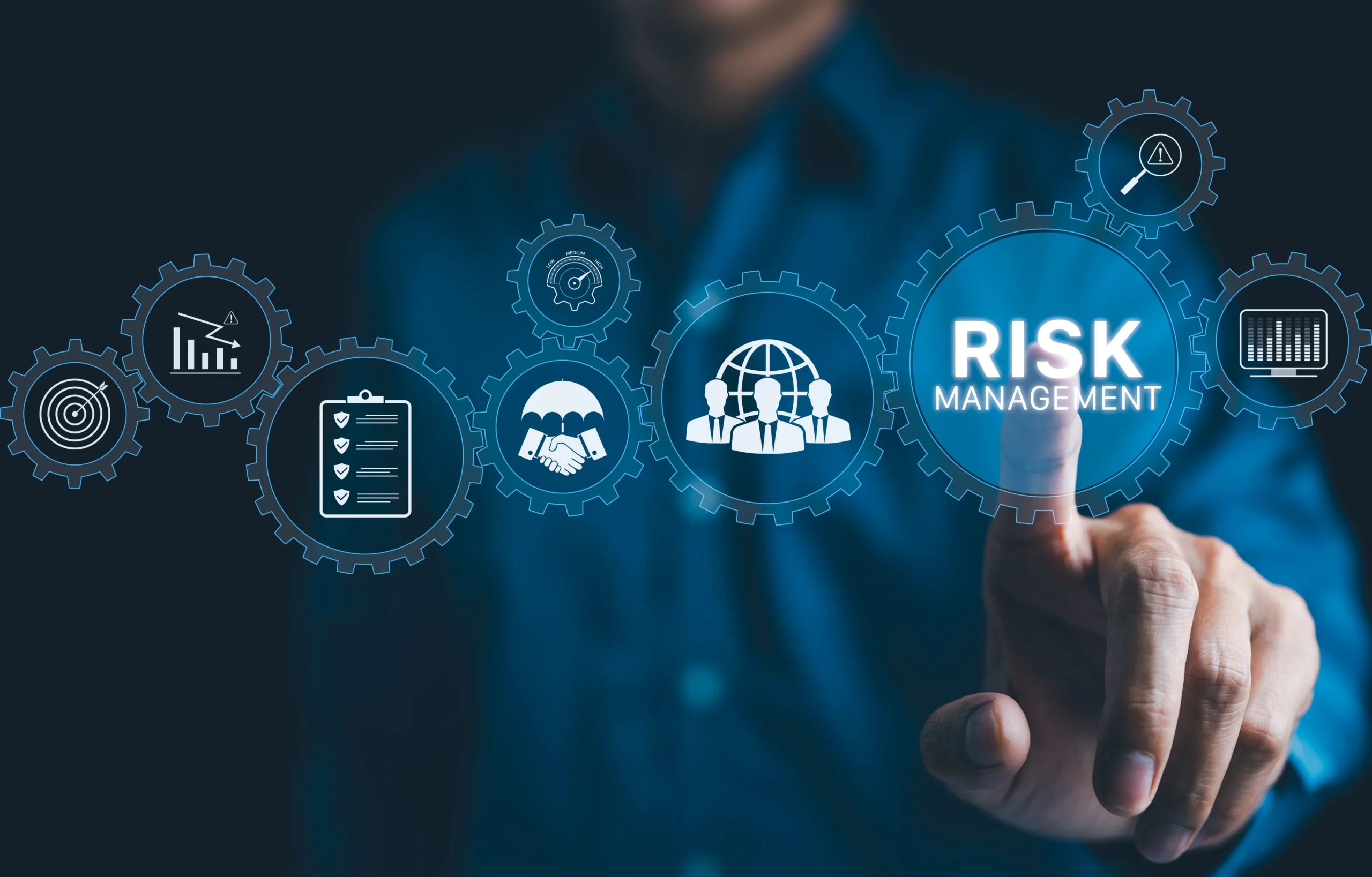As the digital age continues to evolve, supply chains are becoming increasingly complex and intertwined. Along with this complexity comes the need for heightened security, as cyber threats continue to rise. However, cybersecurity is not only about protecting your supply chain from potential attacks; it’s also about regulatory compliance. In this blog article, we will navigate the intertwined world of cybersecurity regulations, supply chain security, and compliance.
Understanding Cybersecurity Regulations
To protect businesses and consumers alike, governments worldwide have established cybersecurity regulations. These regulations set the standards for protecting sensitive data and mitigating cyber threats, and they also stipulate the legal and financial consequences of failing to meet these standards.
For supply chain managers operating in the Asia-Pacific region, key regulations that demand careful attention include the Cybersecurity Law in China, Singapore’s Personal Data Protection Act (PDPA), Australia’s Privacy Amendment (Notifiable Data Breaches) Act and Japan’s Act on the Protection of Personal Information (APPI), among others. Understanding these regulations is a vital step in formulating an effective cybersecurity strategy.
How Compliance Impacts Supply Chain Security
While ensuring compliance with cybersecurity regulations may seem like a daunting task, it can actually serve as a valuable guidepost for strengthening supply chain security.
Compliance requirements often necessitate the implementation of strong security measures, such as data encryption, secure data storage, and regular security audits. While these measures are designed to meet regulatory standards, they also go a long way in protecting your supply chain from cyber threats.
Furthermore, maintaining compliance can enhance your organisation’s reputation, as it demonstrates a commitment to cybersecurity to your suppliers, customers, and partners.
Navigating Compliance in Supply Chain Security
Implementing a successful compliance program requires a thorough understanding of the relevant regulations, a detailed assessment of your current security posture, and a clear roadmap for addressing any identified gaps.
Assess: Begin by conducting a comprehensive audit of your current cybersecurity measures. Identify any areas where you are falling short of compliance requirements.
Plan: Once you have a clear picture of your compliance gaps, develop a plan to address them. This might involve updating your cybersecurity policies, investing in new security technologies, or providing additional training to your employees.
Implement: With your plan in place, it’s time to put it into action. Remember, compliance is not a one-time effort, but an ongoing process that requires regular reviews and updates.
Future Regulatory Trends in Cybersecurity
As cybersecurity threats continue to evolve, so too will the regulatory landscape. Some potential future trends include:
International Harmonisation: As digital commerce continues to break down geographical barriers, there may be increasing efforts to harmonise cybersecurity regulations across different jurisdictions.
Increased Enforcement: As regulators become more adept at identifying non-compliance, we may see an increase in enforcement actions, including fines and penalties.
Expanding Scope: Future regulations may cover more areas of cybersecurity, including artificial intelligence, machine learning, and other emerging technologies.
Supply chain cybersecurity is a complex issue that requires careful attention to technological security measures, employee training, and crucially, regulatory compliance. Navigating this landscape is key to maintaining a secure, resilient supply chain. This challenge is made more manageable with a trusted partner at your side.
At Lumen, we specialise in providing comprehensive supply chain risk management solutions. We will work with you to understand the regulations relevant to your operations, assess your current security posture and develop a strategy to address any compliance gaps. As cybersecurity threats and regulations evolve, we’ll be there to help you stay ahead of the curve.





